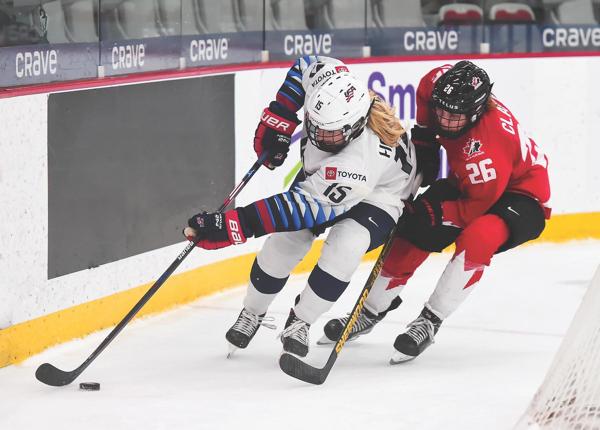Part of the coach’s job is to help players learn game situations and develop their hockey sense. The defensemen need to be able to read when it is appropriate to jump in the rush and when to take a more cautious approach.
“It’s important to teach them when you may or may not be looking for that risk-reward trade off,” Koelling said.
When the game is late in the third period, your team is up a goal but shorthanded, it might not be the right time for a defenseman to jump into a 2-on-3 rush. But if the player does make that decision, coaches can use that as a teachable moment. Keep in mind that yelling or embarrassing the athlete is a good way to scare the rest of your team into being scared and timid.
Coaches can focus on a number of different reads.
“Oftentimes it’s going to be the weakside or net-front defenseman that is going to join the rush,” said Koelling.
Players can primarily look for two things.
“First would be if one of the forwards was caught low in the defensive structure and [the defenseman] is able to join the rush as a third player. So that might happen if a center or winger is caught low in a defensive position, then the weakside or net-front defenseman can jump up and be that third player,” Koelling said.
The second option is the second layer of support; not leading the rush but finding space just behind it as a trailer.
“That second layer is dangerous and can create a lot of opportunities,” Koelling said. “Often times that can be used as a trigger to get up in the play.”



